Drum troupe Kodo has been putting on supersonic taiko performances around the world for more than 30 years. Judit Kawaguchi heads backstage to find out what makes its members tick.
It is all but impossible to describe in words the sheer power and intensity generated by traditional drum troupe Kodo during a performance.
A typical Kodo composition starts innocently enough, with seven drummers sitting behind seven shime-daiko (a drum made from a single piece of hollowed out wood) on stage in silent meditation. Dressed in black and white happicoats and sporting pristine white headbands, the drummers offer no hint of what is to follow. The auditorium is so quiet you can almost hear a pin drop… and then it does.
Somewhere in the theater the beginnings of a noise can be heard, sounding like the scratch of a hungry fork in an empty steel can. It is hard to tell where it comes from, as the seven drummers on stage remain completely motionless and their hands are hidden behind the drums. The noise reverberates through the audience and slowly transforms into something that sounds like a minute metronome that is lost and seeking the right tempo.
Suddenly, a high-pitched shriek is heard from the center of the stage that fades into feedback. Entitled “Monochrome,” this is a long, eerie musical score that includes an amazing diversity of sound effects.
Once the audience’s anticipation has reached breaking point, a gong is struck that softens the mood and invites three drummers to play their instruments. The drummers immediately fall into sync and begin an intoxicating rhythm that is maintained through the entire piece. The sound is deafening and the audience can only listen in wonder.
“Monochrome” was earlier in the set preceded by “Tomoe,” a popular Kodo oeuvre that was produced by kabuki legend Bando Tamasaburo in 2003. It is this composition that actually revolutionized the way Kodo performed, transforming the troupe from just another traditional taiko group to something a little more avant-garde.
“Tomoe” features three drummers working in coordination with each other around a trio of hirado-daiko (a flat-barrel drum whose body is shorter than the diameter of its head) positioned in the center of the stage. The diameter of each instrument measures 120 centimeters and the drums are so big they dwarf the three performers who play them.
“Before ‘Tomoe’, we only played solo with our o-daiko (large drum),” explains Kodo manager Jun Akimoto, “so Bando Tamasaburo’s idea of creating an energy flow by playing three hirado-daiko simultaneously was a complete surprise and an amazing innovation. We loved his concept and went along with it.”
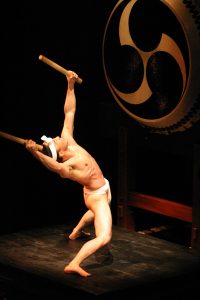 Kodo has always been open to new ideas, an admirable characteristic that has ensured the group’s continued survival in modern times. Mayusa Oda, editor of Bachi-Bachi, a magazine dedicated to taiko and tsugaru shamisen, credits Kodo with revolutionizing taiko’s musical status in Japan.
Kodo has always been open to new ideas, an admirable characteristic that has ensured the group’s continued survival in modern times. Mayusa Oda, editor of Bachi-Bachi, a magazine dedicated to taiko and tsugaru shamisen, credits Kodo with revolutionizing taiko’s musical status in Japan.
“The taiko is the heartbeat of the Japanese people, almost as if it is part of our DNA,” says Oda. “We play it at harvest festivals and religious ceremonies but it only became a fixture in the theater thanks to Kodo. When in the 1970s we saw them play taiko on stage for the first time, we were shocked because we were so used to only seeing it outdoors at festivals but suddenly the taiko was in a theater. We were stunned.”
Called Sado no Kuni, Ondekoza throughout the 1970s, Kodo never really incorporated the religious elements of the drums into their program. The troupe’s goal in the early days was simple: put on taiko performances and, in doing so, raise enough money to establish a university for Japanese performing arts. While the group’s performances were incredibly popular, plans to build the university never materialized.
In 1981, the troupe decided to head in a different direction. Changing their name to Kodo, the performance group moved into Kodo Village on Sado Island, Niigata prefecture, and began hatching plans to introduce taiko to the world. Later that year, it had put together enough material to travel abroad and headed overseas for the first time on its ever-popular One Earth Tour.
Tomohiro Mitome, a veteran drummer who has already spent 15 years making Kodo a world-class music phenomenon, says the tours reflect the troupe’s fundamental beliefs.
“All our shows are part of the One Earth Tour because we think everyone shares pretty much the same values,” he says. “Our desire is to form a musical bond between people through the taiko.”
It’s a philosophy the troupe has successfully managed to incorporate into its schedule, performing in 42 countries and most parts of Japan over the past three decades.
Kodo comprises 23 performers, 25 administrative staff and 20 apprentices. The students, 15 men and five women, all live together in an old school building and follow a highly disciplined schedule.
Apprentices must study under a senior member of the troupe for two years, but most are more than happy to because they adore taiko. Why? Hitoshi Mogi, producer of the National Noh Theater, believes Japanese people have a very unique relationship with taiko.
“The taiko has a metaphysical aspect that distinguishes it from other musical instruments,” he says. “Taiko is not heard with your ears but the vibrations are felt through your whole body and its energy is believed to have magical powers.”
Drummer Tomohiro Mitome, 34, says nothing makes him happier than playing the o-daiko – whether it be in a performance or not.
“I feel respect for the taiko and even if I don’t bow in front of it, I still know in my heart how much it means to me.”
Twenty-five-year-old Mitsuru Ishizuka, who is currently training to make his official debut on the o-daiko, agrees.
“The taiko is not just an instrument to hear but also to feel with one’s whole body,” he says. “Whether I feel sad or happy, it doesn’t matter. When I am beating the taiko, everything falls into place and I feel connected to everyone in the audience. And this is the real reason why we travel around the globe like we do. We want to connect everyone, one beat at a time.”
Data
For further info, please check Kodo’s website at http:/www.kodo.or.jp/
The National Theater’s website is connected to the Japan Arts Council site at http://www.ntj.jac.go.jp
Bachi-Bachi can be accessed at http://www. hogaku.com
Story by Judit Kawaguchi
From J SELECT Magazine, August 2005

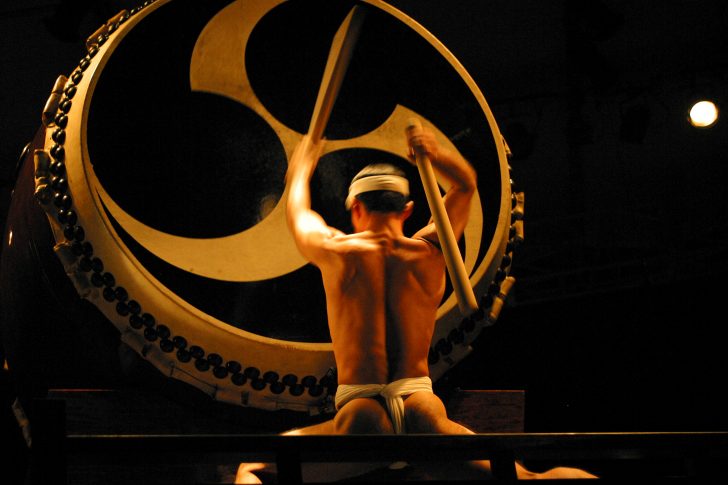

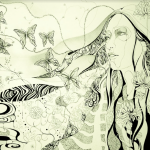

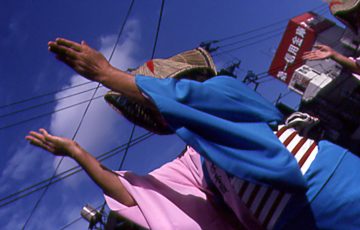
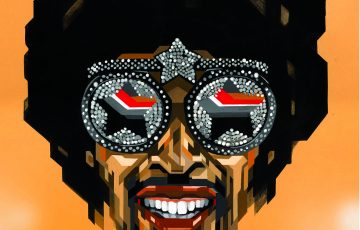
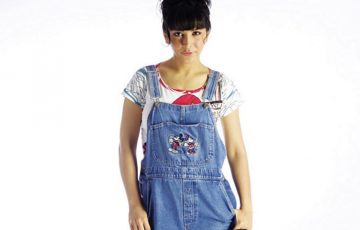
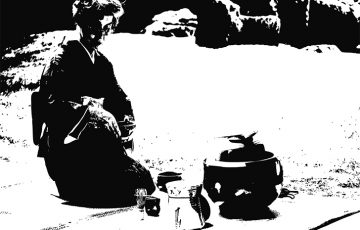
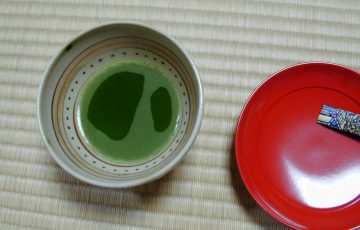
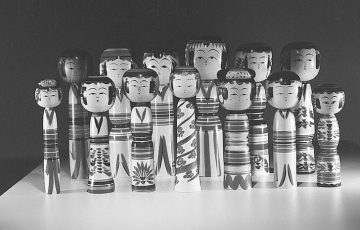
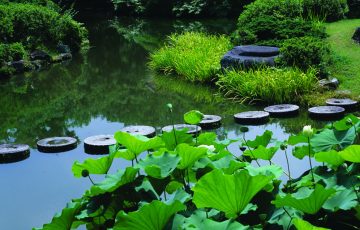



Recent Comments